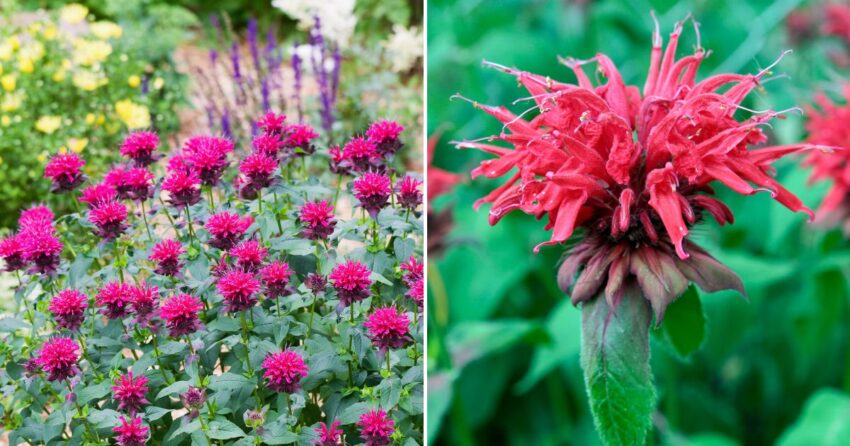Bee Balm, also known as Monarda, is a native flower that belongs to the mint family. This beautiful plant is known for its stunning colors and unique fragrance, which makes it a popular choice for gardeners. Not only is Bee Balm a beautiful addition to any yard, but it also provides a valuable source of nectar for pollinators such as bees, butterflies, and hummingbirds. In this article, we will discuss why you should consider growing Bee Balm, and how to grow and care for this native plant.
Why Grow Bee Balm?
There are several reasons why you should consider growing Bee Balm in your yard. Firstly, as mentioned earlier, Bee Balm is a great source of nectar for pollinators. Bees, butterflies, and hummingbirds are attracted to the bright colors and sweet fragrance of this plant. By growing Bee Balm, you are not only adding beauty to your yard but also contributing to the health of your local ecosystem.
In addition to its benefits for pollinators, Bee Balm is also a great choice for gardeners looking for a low-maintenance plant. This native flower is easy to grow and care for, making it a great option for beginners or those with busy schedules. Bee Balm is also known for its ability to attract beneficial insects to the garden, such as ladybugs and lacewings, which help to control pest populations.
Finally, Bee Balm has a wide range of medicinal properties. The leaves and flowers of the plant can be used to make tea, which has been used for centuries to treat a variety of ailments such as headaches, colds, and digestive issues. Some studies have also suggested that Bee Balm may have anti-inflammatory and anti-bacterial properties.
How to Grow Bee Balm
Now that you know why Bee Balm is such a great choice for your yard, let’s discuss how to grow it. Bee Balm is a hardy plant that is relatively easy to grow from seed or transplants. Here are some tips to help you get started:
Choose a sunny location – Bee Balm thrives in full sun to partial shade. Choose a location in your yard that receives at least six hours of sunlight per day.
Prepare the soil – Bee Balm prefers well-draining soil that is rich in organic matter. Before planting, amend the soil with compost or aged manure to improve fertility and drainage.
Plant the seeds or transplants – Bee Balm can be grown from seed or transplants. If planting from seed, sow the seeds in the spring after the last frost. If using transplants, plant them in the spring or fall.
Water regularly – Bee Balm requires regular watering to thrive. Water deeply once or twice a week, depending on rainfall and temperature.
Mulch around the plants – Mulching around the base of the plants helps to retain moisture in the soil and suppress weeds.
How to Care for Bee Balm
Once your Bee Balm is established, it requires very little care. Here are some tips to help you care for your plants:
Deadhead regularly – Deadheading, or removing spent blooms, helps to promote continuous flowering and prevent the spread of disease.
Divide the plants every few years – Bee Balm can become crowded over time, so it is a good idea to divide the plants every few years to promote healthy growth.
Watch for pests and disease – Bee Balm is relatively resistant to pests and disease, but it is still important to keep an eye out for common problems such as powdery mildew and spider mites.
Cut back in the fall – In the fall, cut back the plantsto prepare them for the winter months. Leave a few inches of stem above the ground to protect the roots from freezing temperatures.
Fertilize sparingly – Bee Balm does not require heavy fertilization, but a light application of compost or organic fertilizer in the spring can help to promote healthy growth and flowering.
In addition to these care tips, it is important to remember that Bee Balm is a native plant, and as such, it is well adapted to the local climate and soil conditions. By choosing native plants for your yard, you are not only supporting the local ecosystem but also creating a low-maintenance and sustainable garden.
Conclusion
In conclusion, Bee Balm is a beautiful and beneficial addition to any yard. By attracting pollinators, providing medicinal benefits, and requiring little care, this native flower is a great choice for gardeners of all levels. Whether you choose to grow Bee Balm from seed or transplant, be sure to provide it with a sunny location, well-draining soil, and regular watering. With proper care, your Bee Balm plants will reward you with stunning colors, sweet fragrance, and a healthy ecosystem for years to come.

